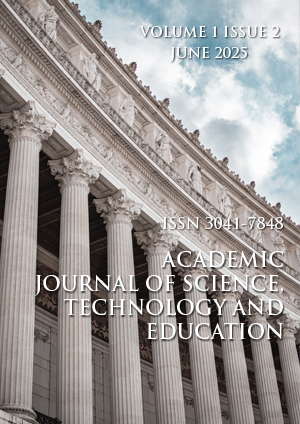Abstract
This study investigates the semantic and paradigmatic relationships within the nomenclature of diseases from a linguistic standpoint. Medical terminology is a structured, specialized subsystem of language that not only conveys pathological phenomena but also reflects hierarchical and associative relations within the lexicon. Through semantic field theory and paradigmatic analysis, this paper explores how disease names are classified, interrelated, and patterned. Examples from modern clinical terminology - ranging from infectious to hereditary and idiopathic conditions - illustrate how lexical relations support precision and consistency in medical communication. The findings reveal that these linguistic structures are fundamental in shaping the clarity and global standardization of disease terminology.
This work is licensed under a Creative Commons Attribution 4.0 International License.
